Introduction
As an IT procurement professional, you face a consistent challenge: many vendor offers, overlapping product categories, seemingly similar specs — but vastly different operational realities. The risk: you select a brand that looks good on paper but fails in deployment, support, or scale.
This blog frames what you must know: how each brand behaves in real‑world use, where they excel, where they can cause procurement surprises, and how to compare them side‑by‑side. In particular, you’ll see a comparison table and then a deeper dive on each brand with concrete examples and procurement insights.
Comparison Table
| Brand | Primary domain | Typical deployment use case | Procurement considerations |
|---|
| Netgear |
Networking (switches, APs) |
Branch offices or mid‑size campus networks |
Warranty & enterprise support levels; remote management features |
APC
|
Power / UPS / racks |
Server rooms, edge enclosures, UPS power backup |
Battery replacement cost; integration with monitoring systems |
Eaton
|
Power & electrical infrastructure |
High‑density racks, large datacentre power |
Compatibility with ecosystem; lifecycle of modules/batteries |
HP
|
Servers, storage, networking |
Data centre compute, integrated infrastructure |
Total cost of ownership; channel partner ecosystem |
HPE
|
Enterprise IT infrastructure |
Large campus or data‑centre networking/compute |
Higher cost; ensure enterprise‑grade support and roadmap |
SonicWall
|
Network security firewalls |
Branch offices or SMB security overlay |
Feature‑throughput trade‑off; licence model |
Sophos
|
Network security / NGFW |
Distributed enterprise with hybrid cloud/edge |
Licensing complexity; throughput with inspection |
Ruckus Wireless
|
Wireless access & connectivity |
High‑density WiFi (campus, hospitality) |
Controller vs controller‑less; client density support |
Tripp Lite
|
Power / rack / connectivity |
Infrastructure support: PDU, rack power |
Physical specs, compatibility, global support |
| Synology Inc. |
Storage / NAS / edge storage |
Edge storage or backup for distributed sites |
RAID support, remote‑site support, firmware lifecycle |
Logitech
|
Peripherals / collaboration hardware |
Meeting rooms, home‑office hybrid work |
Regional support, interoperability, warranty |
TRENDnet
|
Networking (budget / SMB) |
Smaller offices or secondary networks |
Enterprise‑grade readiness, scalability |
TP‑Link
|
Networking (switches/APs) |
SMB or branch connectivity |
Feature set vs high‑end brands; support & firmware updates |
Black Box
|
Infrastructure / cabling / AV |
Complex integrated network/AV environments |
Specialty integration cost, vendor lock‑in risk |
Brand Deep Dive
Here’s what you need to know brand by brand — with real examples and procurement‑specific insights.
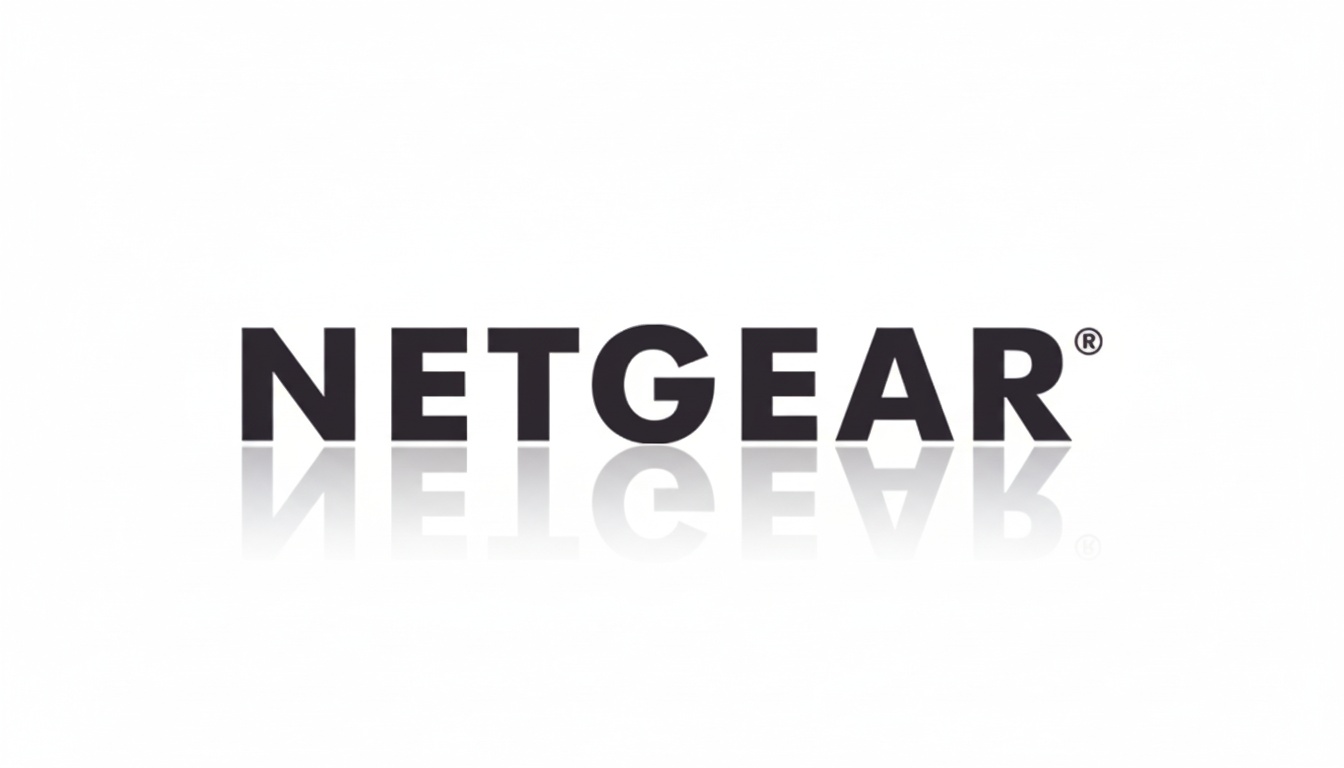
1. Netgear
Netgear’s business line is used in many medium‑sized deployments. For example, one IT services company reported they use Netgear “Insight” switches (GC510/GC510P, 728X series) and saw about a 50 % reduction in setup time for new client deployments.
Because Netgear gives good value and remote deployment features, it's a solid choice for branches and smaller offices.
Procurement tip: If you're deploying core data‑center networking or high‑availability switching, check that the Netgear model meets enterprise specs (redundant power, SLAs, advanced features). Some users feel Netgear is less robust for large‑scale critical deployments.
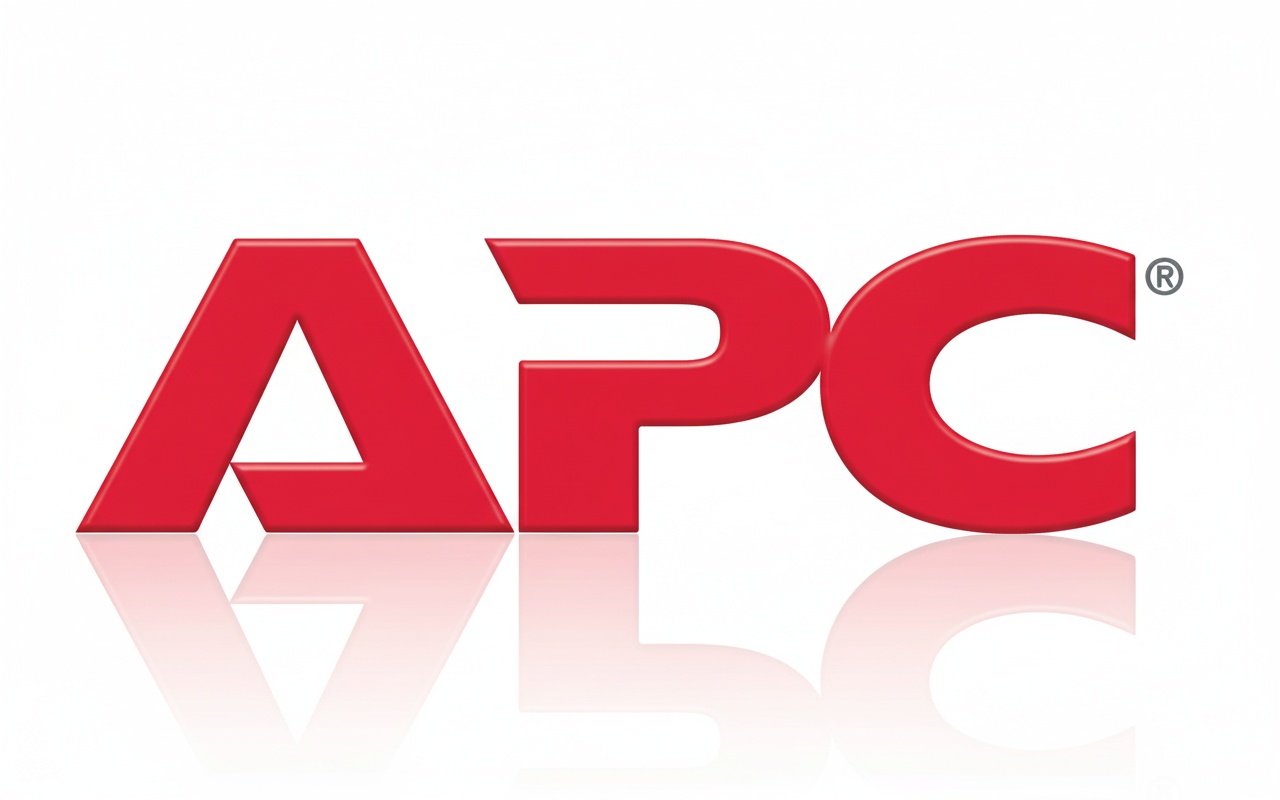
2. APC (by Schneider Electric)
In power protection and UPS infrastructure, APC is a widely used name. Their Smart‑UPS line includes network‑enabled monitoring, alerts and integration into larger management systems. One case study noted that companies with unstable power rely on APC to maintain uptime.
Procurement tip: For server room or data centre UPS selection, ask about battery runtime under load, monitoring & alerting capability, modular maintenance, and how many years of support the batteries and electronics have. Don’t just buy on VA rating alone.
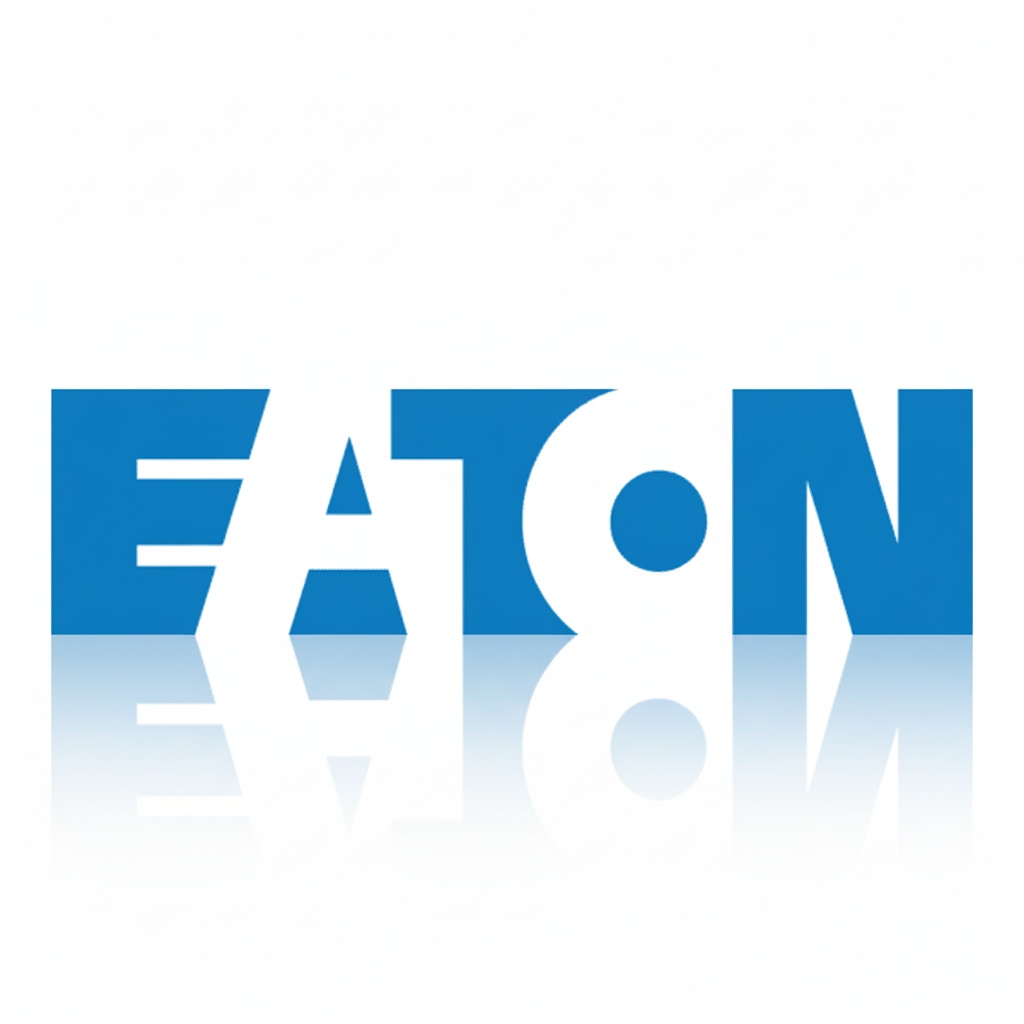
3. Eaton
Eaton is similarly strong in power infrastructure, especially for larger scale or three‑phase installations. In deployments where high‑density racks or large uninterrupted power backup is needed, Eaton is often chosen.
Procurement tip: Confirm compatibility with your rack, PDU, and monitoring. If your environment grows, ensure modules can be added and that you’re not locked into a less flexible platform.

4. HP (Hewlett‑Packard)
HP has long been a major provider of servers, storage and networking. For companies building integrated compute environments, HP gear is common.
Procurement tip: Consider total cost of ownership, support contracts, upgrade path, and vendor lock‑in. If you buy HP networking, ensure firmware, support and parts availability meet enterprise demands.

5. HPE (Hewlett Packard Enterprise)
HPE focuses on enterprise infrastructure and networking (including their Aruba branch). For example, HPE Aruba Networking helped organisations reduce operational cost and improve network performance by up to 40 % or more in certain case studies.
Procurement tip: The higher cost of HPE gear might be justified by enterprise‑grade features, support, and roadmap. Ensure you are using those features; if you use only basic features, you may be over‑paying.
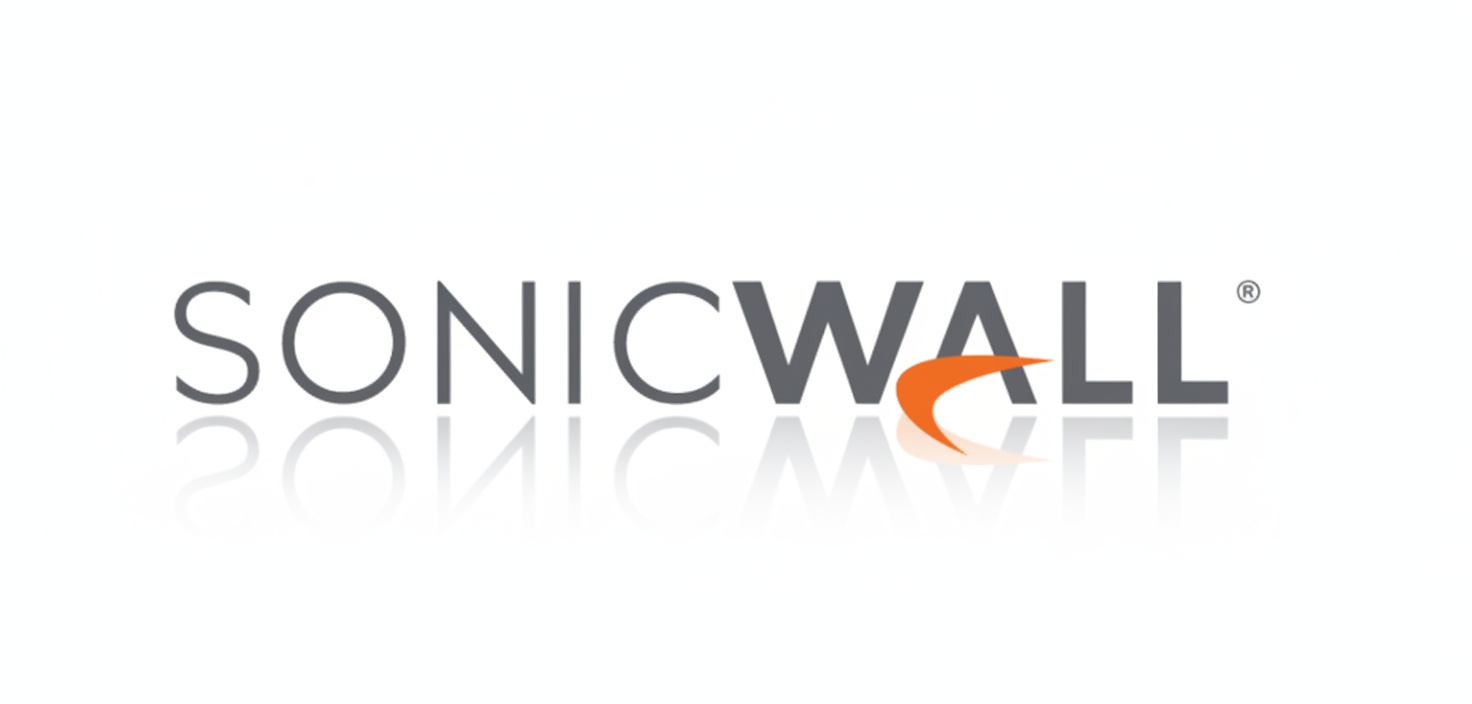
6. SonicWall
SonicWall Firewalls are common in branch offices and SMBs for perimeter security. They have a reputation for offering features at competitive price points in these segments.
Procurement tip: For mission‑critical security at larger scale, check firewall throughput with encryption/inspection, and licensing for features such as VPN, intrusion prevention, cloud integration. Branch deployments are more straightforward.

7. Sophos
Sophos provides next‑generation firewall (NGFW) solutions, with features like deep‑learning threat detection, sandboxing, intrusion prevention and coordinated response across endpoints and network. For example, one enterprise used Sophos to reduce operational overhead and focus the IT team on strategic initiatives.
Procurement tip: Review how Sophos licenses features (e.g., advanced threat protection, sandboxing). Also check throughput when deep‑inspection is enabled — if you add features expect performance cost.
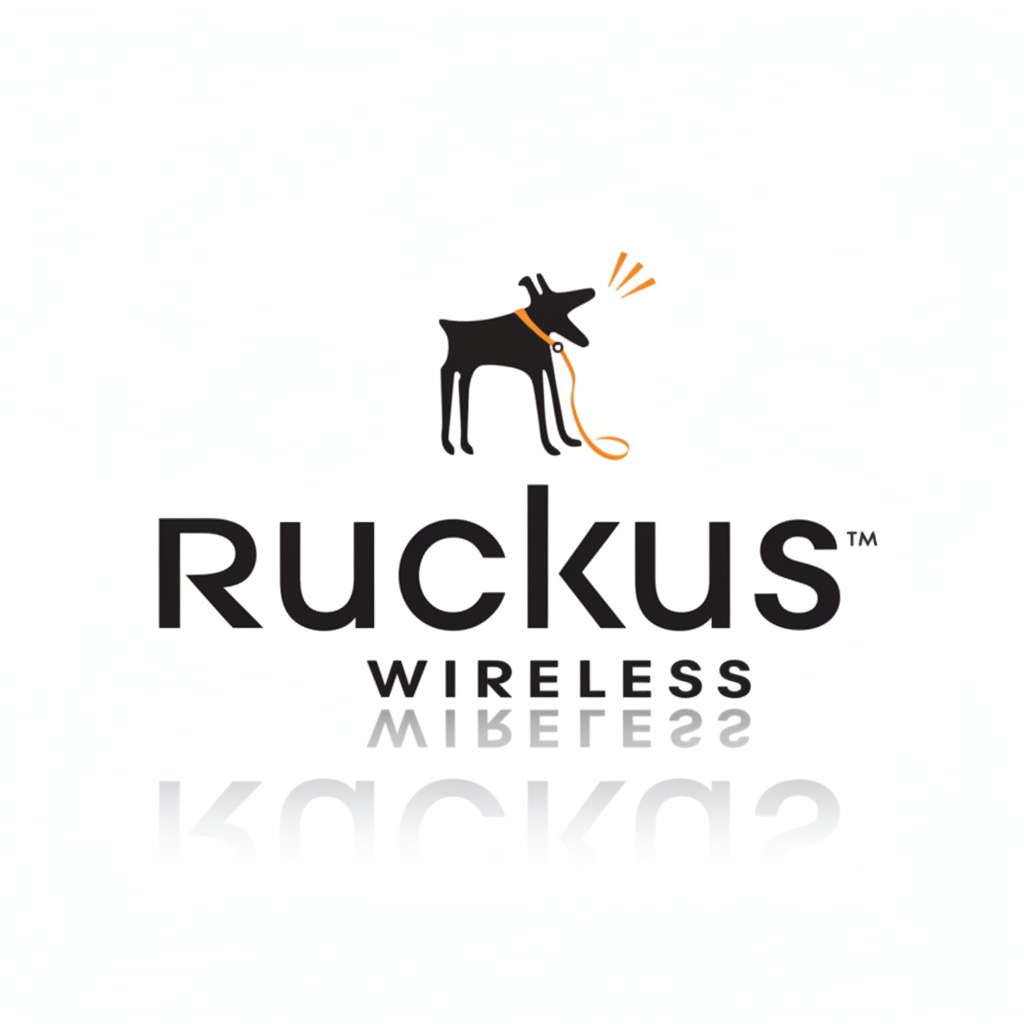
8. Ruckus Wireless
Ruckus is well‑known for wireless access in challenging/high‑density environments (campuses, hospitality, large venues). Their gear is used when many devices connect simultaneously, or coverage needs extend beyond standard offices.
Procurement tip: When selecting WiFi infrastructure, check client density, roaming behaviour, spectrum support (WiFi 6/6E), and controller/management model (on‑prem or cloud). Ruckus often earns premium pricing for these scenarios.
.jpg)
9. Tripp Lite
Tripp Lite specialises in rack power distribution units (PDUs), uninterruptible power supplies, and related infrastructure items. In many data centres or server rooms you’ll find Tripp Lite PDUs plugged into UPS systems, distributing power to racks.
Procurement tip: When selecting PDUs and rack power infrastructure, don’t overlook specification details: number of outlets, phase and voltage compatibility, monitoring capability, and support for surge/protection. Although pricing may seem simple, compatibility and future expansion matter.

10. Synology Inc.
Synology is best known for NAS (network‑attached storage) solutions, especially for edge sites or small/medium distributed locations. For example, a remote office needing local backup and file services might use Synology.
Procurement tip: For enterprise deployments, ensure the model supports needed RAID levels, remote replication, encryption, enough performance. For branch/edge use, check support and how firmware updates are handled across multiple sites.

11. Logitech
Logitech is often in the peripherals and collaboration hardware space (webcams, conferencing hubs, meeting room devices). In a hybrid‑work or meeting‑room environment the brand is widely used.
Procurement tip: When buying meeting‑room hardware for many rooms or globally distributed locations, consider warranty, local regional support, platform compatibility (Zoom, Teams, etc), and refresh cycle. While cheaper brands may exist, reliability impacts user experience directly.

12. TRENDnet
TRENDnet focuses on networking gear often used in smaller offices or less demanding networks. It can serve well for secondary networks, backup links or non‑mission‑critical segments.
Procurement tip: If you consider TRENDnet for core or critical networks, validate enterprise‑grade features. For example, firmware updates, support SLAs, uptime guarantees may differ versus high‑end brands.
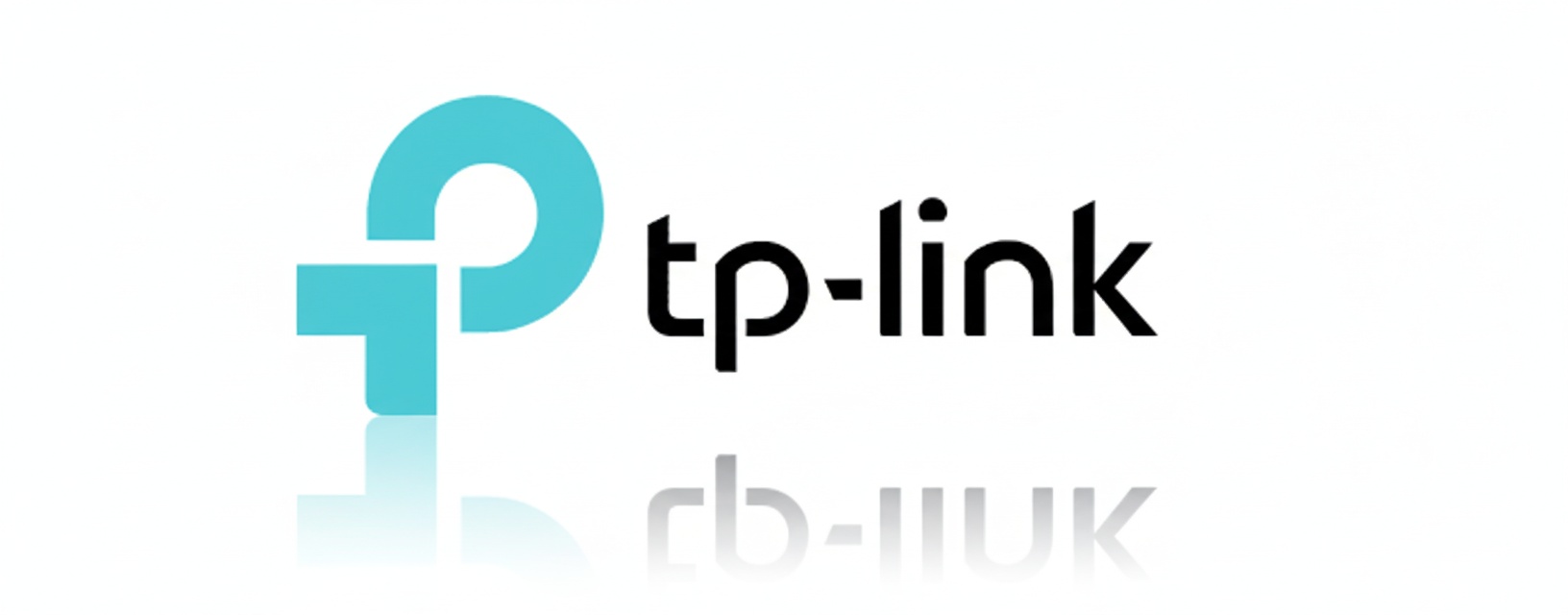
13. TP‑Link
TP‑Link is another provider of networking switches/access‑points often used in SMB or branch networks. Their gear provides good value.
Procurement tip: As with any value‑brand gear, check whether features like stacking, high port counts, advanced security, long‑term firmware support are present. Procurement for growth or critical segments may favour stronger brands.
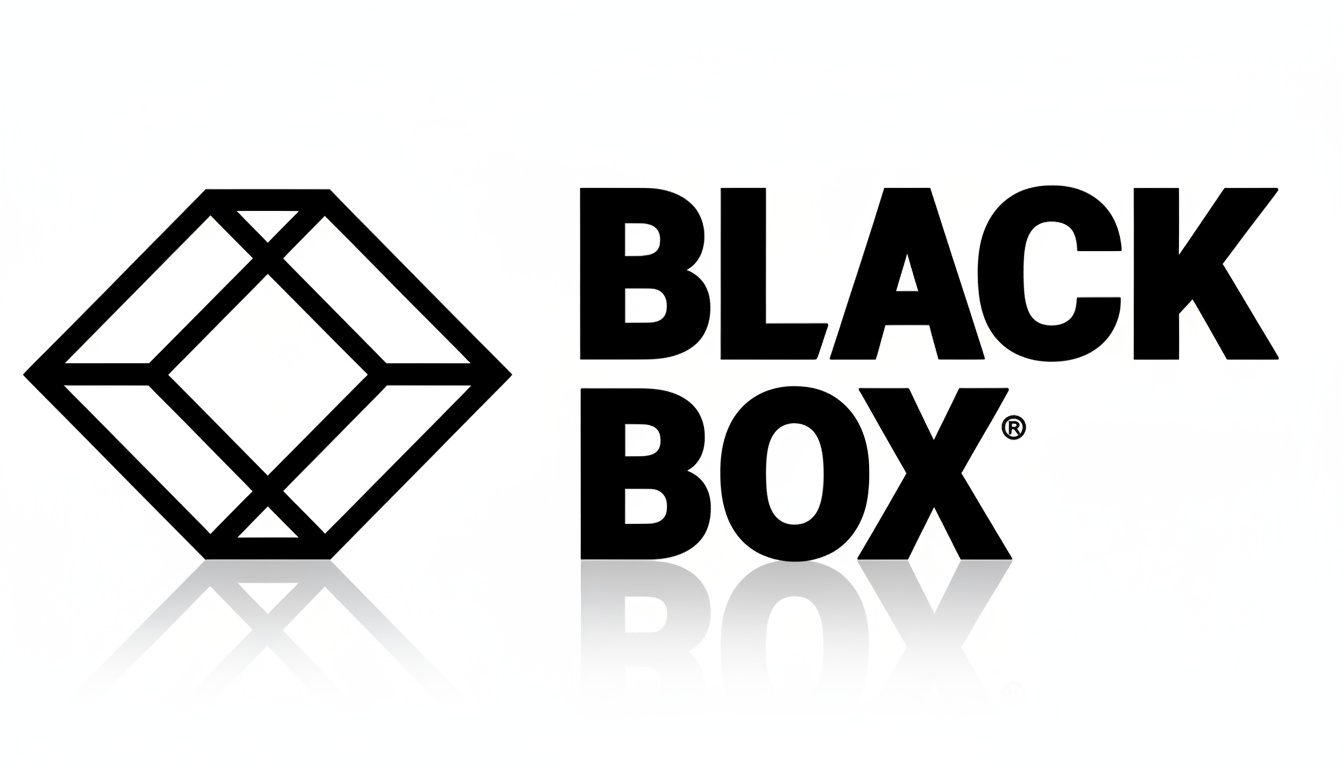
14. Black Box
Black Box offers infrastructure services and specialty hardware such as cabling, AV integration, network infrastructure for complex environments (mixing network, AV, cabling). For example integrated audio‑visual systems in large buildings will often involve Black Box.
Procurement tip: These kinds of specialty vendors often involve higher integration costs, longer lead times, and potential vendor lock‑in. Ensure you understand service, maintenance, and upgrade paths.
How to Use This Table & What You Must Ask
-
Define your domain: Are you buying networking (switches/WiFi), power infrastructure, security, storage, peripherals or infrastructure services? The table helps map brand → domain.
-
Assessment of deployment size & criticality: If your deployment is branch or edge, lower tiers/brands may suffice. But for campus core or data centre, you’ll likely require enterprise‑grade.
-
Support & lifecycle: Review each brand’s support‑model (local support presence, firmware/patch‑policy, upgrade availability, replacement parts availability).
-
Total cost of ownership: Beyond purchase price: onboarding, deployment time, maintenance, consumables (e.g., UPS batteries), licence renewals.
-
Integration & vendor lock‑in: How easily will the product integrate with your existing infrastructure (management systems, monitoring, cabling, service contracts)? How tied are you to the vendor long term?
-
Scalability & future‑proofing: Example: WiFi 6E, edge compute, zero‑trust security—all require anticipating future demands.
-
Procurement risks to watch:
-
Buying a brand because it’s “cheap” but skipping support or misses critical features.
-
Under‑estimating hidden costs (maintenance, battery replacements, end‑of‑life).
-
Deploying a brand with less regional support in your geography (important for Pakistan/Lahore environment).
-
Choosing value‑brand gear for mission‑critical roles where downtime cost is very high.
Conclusion
For a procurement team working in IT infrastructure, the 14 brands listed are not all equal. Each occupies a distinct zone of strength, typical deployment scenario, and set of procurement implications. The comparison table gives you a quick reference. The deeper brand notes bring in real examples and what to watch out for.
When you issue your next RFP or evaluate vendor offers, use this framework:
domain fit → support model → total cost of ownership → integration → scalability.
If you pick a brand simply because “everyone uses it”, you risk mismatching features, support level or lifecycle to your actual need. Use this comparison to match brand → domain → deployment → procurement questions. It gives you a strong, technical procurement stance — not just a marketing‑led decision.

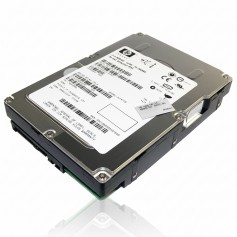
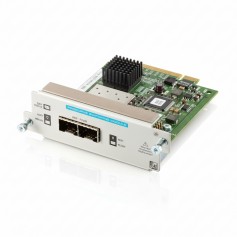

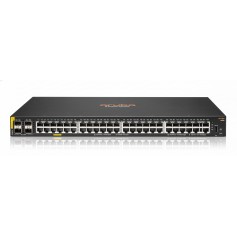













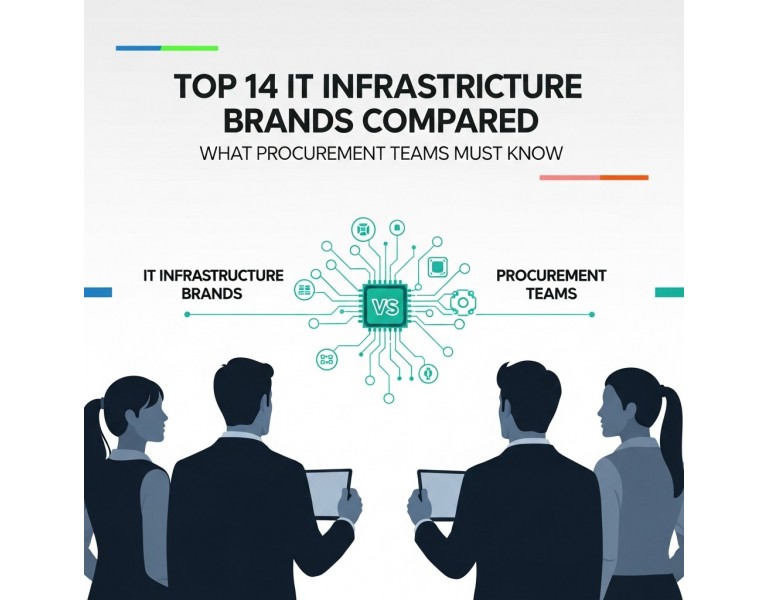








.jpg)





Comments (0)
No comment